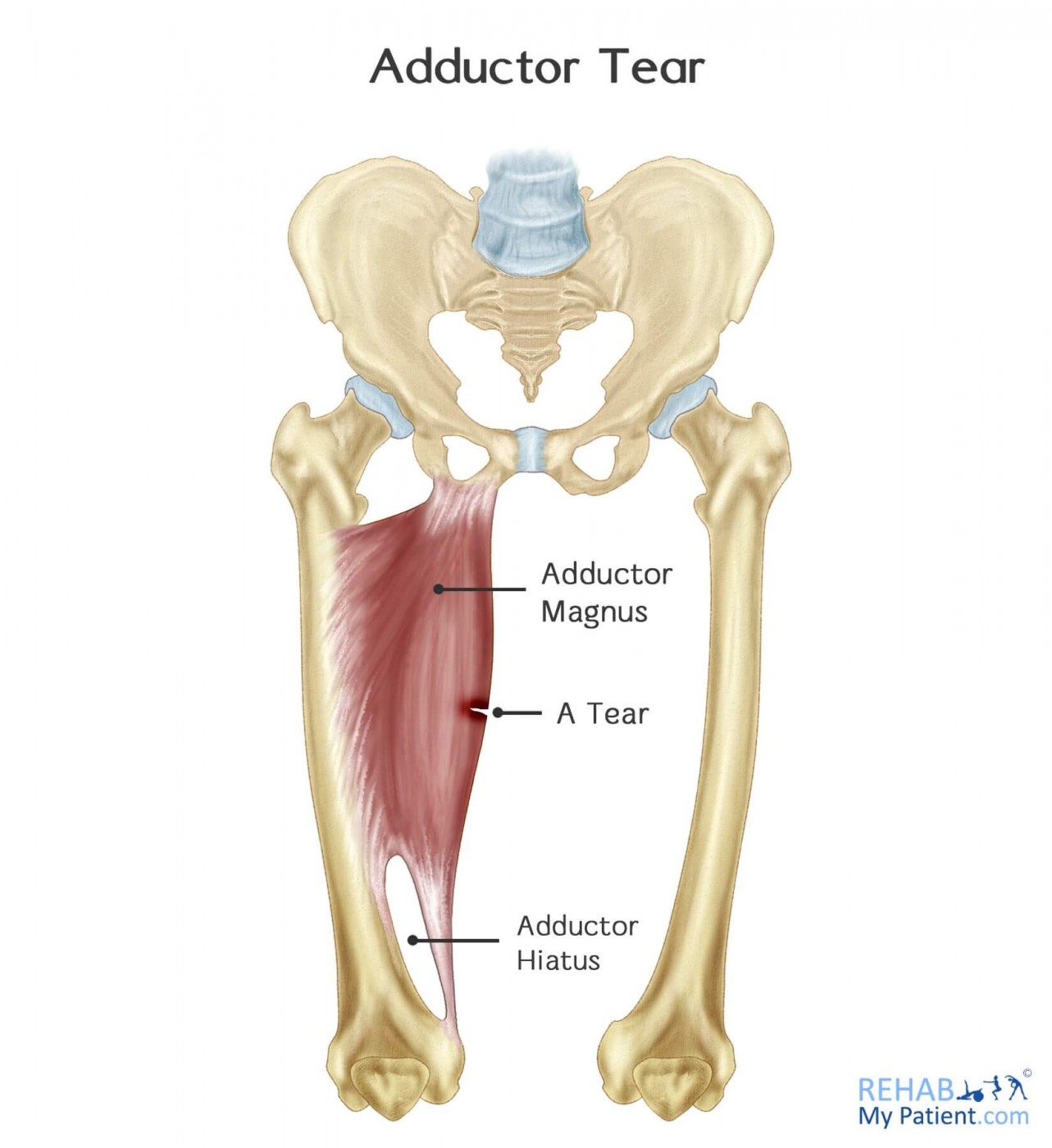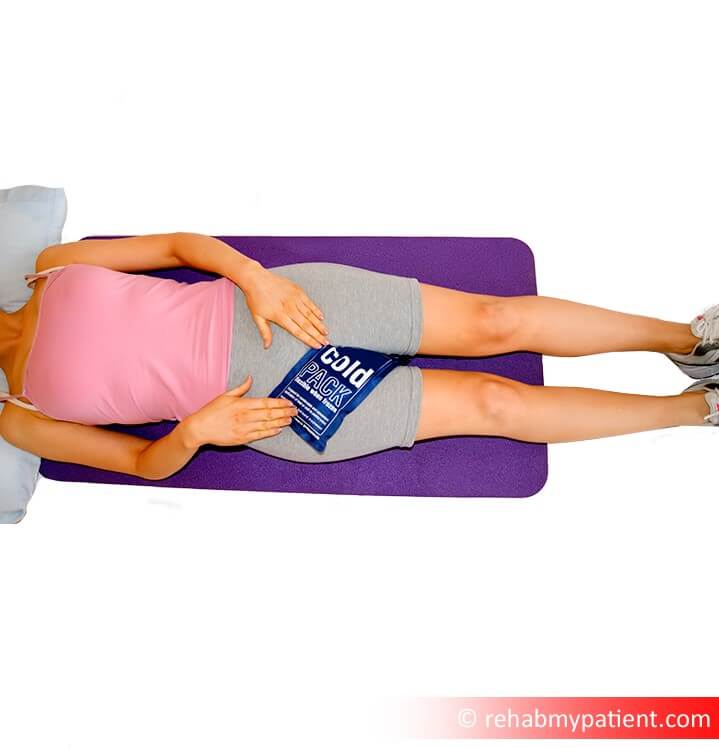
Muscle strains are quite common, especially in those who are active in sports. There are three main sets of muscles in the thigh: the quadriceps in the front of the thigh, the hamstring muscles at the back of the thigh and the adductor muscles along the inside. Hamstrings and quadriceps work together to straighten and bend the leg. Adductor muscles work to pull the legs together.
The quadriceps and hamstring muscle groups are prone to risk of strains because they cross along the knee and the hip joints. They are useful for a number of high-speed activities, such as track and field events, basketball, soccer and football.
Adductor Tear Anatomy
For individuals who are physically active, an adductor tear is quite common. Injuries to the muscle often occur when there is a forced push-off. High forces when the athlete has to shift their direction quickly in the opposite direction can cause tears in the adductor muscles. One of the main causes of tears in those who play soccer is when the player attempts to kick a ball and an opposing player comes at them in the opposite direction trying to kick the ball. Sprinters often tear the adductor muscle too. Jumping has been shown to cause injury to these muscles as well.

Adductor tears or strains can occur anywhere along the length of the muscle, but the most problematic tears are on the tendon at the top of the muscle where it inserts to the pelvis. Injuries here are far slower to recover, and may become chronic. Tears to the mid-belly of the muscle are more straightforward to rehab.
How to Treat an Adductor Tear:
1. Rest
If you find that certain activities are causing strain, you need to take a break from participating in those activities. To avoid placing weight on the leg, it might be recommended that you use crutches.
2. Ice
Apply ice to the injured area for five to ten minutes at a time, three to five times per day. The ice will help to relieve some of the swelling that has occurred in the injured area.

3. Elevation
To help keep swelling at a minimum, you want to have your leg lifted higher than that of your heart. The less amount of blood flowing into the injured site, the better it will be for the recovery process.
4. Anti-Inflammatory
An anti-inflammatory can help to alleviate some of the pain you are dealing with. Beyond reducing the pain, it will also help to minimize swelling and aid in your recovery. Short term use for up to 2 weeks is the maximum.
5. Rehab
After the swelling and pain have subsided, you might need to engage in a physical therapy program to improve your range of motion and overall strength. Muscles should be back to full strength before returning to sports to help prevent any additional injuries.
Tips:
1. Tight muscles tend to be more prone to strains. Follow a year-round program of stretching exercises every day.
2. Since the hamstrings and quadriceps work together, if you have one that is stronger than the other, imbalance in the leg can occur, and can lead to strains to the adductor muscles.
3. When you have weak muscles, they tend to be less capable of coping with the stress or exercise, which makes them more likely to be injured. Strengthening exercises are key to reducing the risk of tears.
4. Fatigue tends to reduce the energy-absorbing capabilities within the muscles, which makes them more prone to injury.
5. Before engaging in any sporting activity, make sure you take the time to warm-up properly.
Sign Up
Sign up for your free trial now!
Get started with Rehab My Patient today and revolutionize your exercise prescription process for effective rehabilitation.
Start Your 14-Day Free Trial